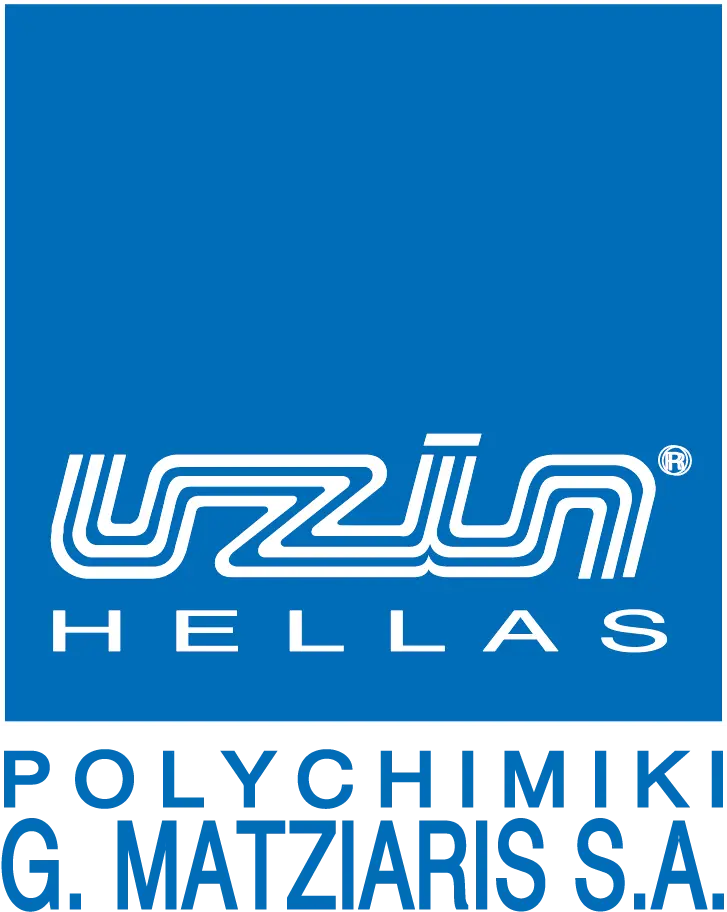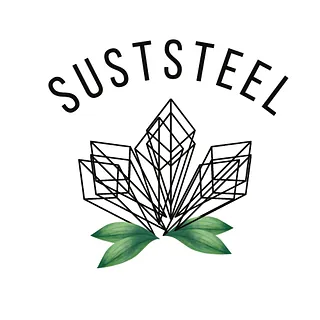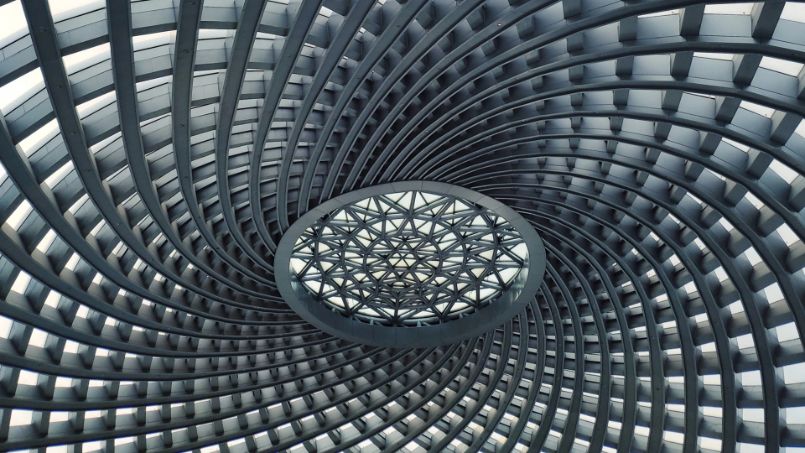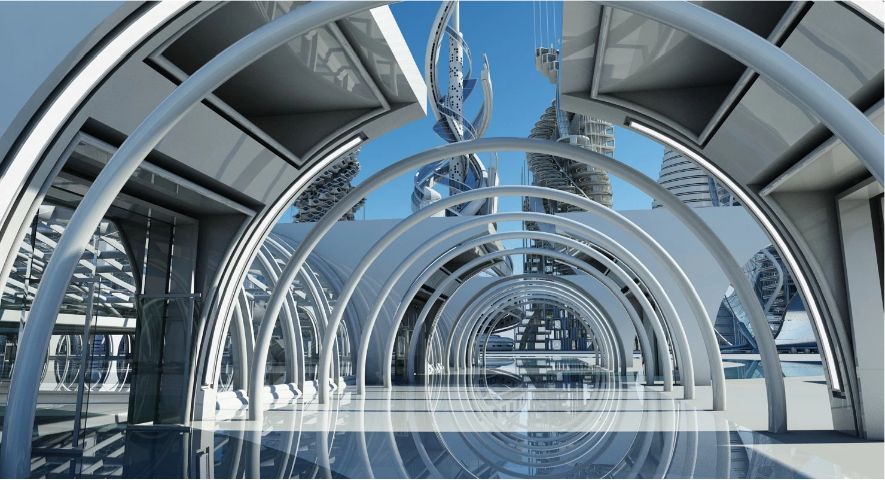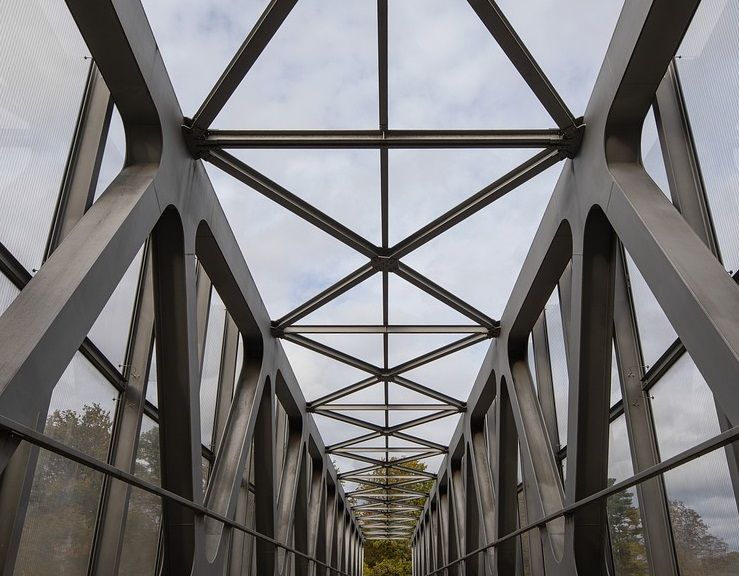The product lines to be designed include protective coatings for structural steel that will be applied during its production process.
ANTICIPATED BENEFITS
Sustainability in building - Products suitable for each use
ANTICIPATED BENEFITS
ENVIRONMENT
ECONOMY
SCIENCE
The purpose of our study is to design a range of sustainable, sustainable products for building construction. A sustainable product design incorporates economic imperatives, ethics and other socio-economic dimensions of sustainability and uses ecological principles as design and implementation methods.
Sustainability is an essential element in the modern world. Consequently, innovative corrosion protection strategies are required to minimize premature repair or replacement of structural steel.
A sustainable product is one that maximizes all three areas, i.e., being good for the environment, profitable for the company/organization and improving society. Sustainability is a critical consideration for all businesses/organizations involved in the manufacture and maintenance of goods. The longevity of structural steel in key industries such as architecture and energy is one of the biggest drivers of innovation in the coatings industry. Maintenance is extremely expensive and avoiding wasteful consumption of natural resources for premature replacement and repair of metal components is now a global concern.
ENVIROMENT
Structural steel is the backbone of modern construction infrastructure projects, as it is preferred due to its low cost and high mechanical strength. The interaction of structural steel with the environment affects its structural integrity, so over time it can lead to the deterioration of buildings and basic infrastructure and become particularly harmful to the environment due to its contamination by construction waste, other harmful pollutants released from the corrosion of iron to the excessive use of natural resources in the repair and replacement of damaged structures.
While the environmental cost of using fossil fuels is easily understood, the impact of building on the destruction of the environment is less perceived.The effect of corrosion in industrialized countries causes largely harmful emissions of by-products, such as e.g., sulphur dioxide, which contributes significantly to atmospheric corrosion.
Corrosion is a complex process that depends on different environmental factors, such as temperature, humidity, precipitation, etc. Any increase in these environmental factors caused by climate change can exacerbate the rate of corrosion and the production of by-products, therefore further increasing corrosion rates. Phenomena that become more intense in countries that do not have the necessary legal framework to limit emissions, thus allowing the uncontrolled concentration of atmospheric pollutants.
The climate crisis presents a multidimensional challenge to the development of the built environment. With finite global resources and increasingly unpredictable climate patterns, the need to improve our understanding of sustainable construction practices and materials has never been more pressing. Developing strategies to manage the corrosion of materials and prevent acceleration of corrosion rates could be the key to a sustainable future for cities and economic infrastructure.
ECONOMY
According to the NACE IMPACT study report (NACE International, 2016) the annual cost of corrosion worldwide was estimated to exceed 2.5 trillion dollars for the year 2016, a figure that translates to 3 to 4% of the Gross Domestic Product (GDP) of industrial countries.
The dominant drive towards economic growth in developing countries is usually supported by heavy industries with an aging mechanical infrastructure. While these industries are considered essential to any national economic development, the weakness of existing infrastructure and the rapid growth of industrial production have created the conditions for worsening the structural effects of corrosion. This puts more pressure on critical infrastructure and increases the risk of product loss, accidents, and environmental damage.
To reduce the huge cost and environmental impact of corrosion and improve the sustainability of materials used for construction, corrosion control practices such as proper design and material selection, use of corrosion inhibitors, protective coatings, cathodic protection, etc. All these combined can lead to savings of between 15 and 35% of corrosion costs, which translates to between $375 and $875 billion annually.
Protection of structures with economy of scale in the total cost of construction Reduction of construction maintenance costs.
SCIENCE
Corrosion mitigation and control is still one of the burning issues for researchers in various industries and academia. Development of innovative anti-corrosion know-how in Greece. Achieving direct collaboration of companies and research centre with long-term benefits for all.
